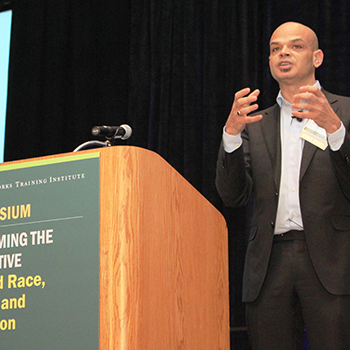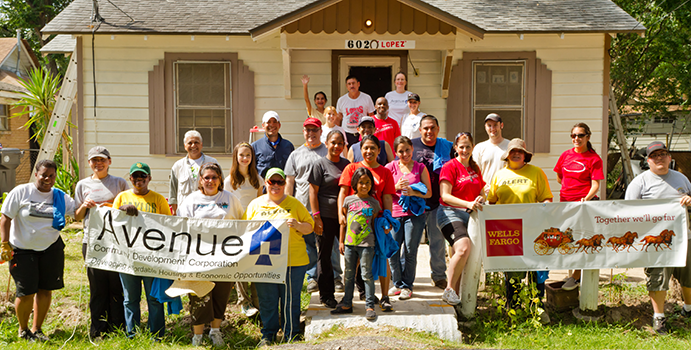It's the job of Glenn Harris to look for policies and procedures that—often inadvertently—result in inequity among residents in cities and counties across the United States.
 "We help them examine what it really means, in practice, to achieve equity," says the president of the Center for Social Inclusion, who spoke at a symposium at the NeighborWorks Training Institute in Seattle. "It doesn't matter what aspect of operations we analyze; there are always inequities."
"We help them examine what it really means, in practice, to achieve equity," says the president of the Center for Social Inclusion, who spoke at a symposium at the NeighborWorks Training Institute in Seattle. "It doesn't matter what aspect of operations we analyze; there are always inequities."
His blunt observations, based on 12 years of consulting with more than 50 local governments (and 15 years of working with the city of Seattle before that), should give pause to community-development nonprofits as well. According to Harris, organizational audits show that one of the most common "hot spots" of inequity is the lack of truly diverse, meaningful community engagement.
"Many organizations wrestle with the huge gap that often exists between education and outreach and truly meaningful engagement," says Harris. "Outreach is really just sharing information. And while that is important, it's important to differentiate it from engagement, in which you actively seek input from the full range of constituents and then share what you do with that information. What we've seen is that although local government is where democracy starts, participatory decision-making is overwhelmingly done poorly. It's important to remember that equity is both a process and a product."
According to Harris, one of the most significant barriers to meaningful engagement is a fear of giving up control. Another is an inability to attract people who don't often get involved to begin with.
Jenifer Wagley, deputy director of Avenue CDC in Houston, agrees. Before the NeighborWorks network member found a new approach, "it was always the same three or four residents speaking for about 30,000. It was imperative that we develop a broader base of resident involvement and leadership."
The answer for Avenue CDC was to form what it calls GO teams. The teams are formed around interests identified by the residents themselves and staffed by the same individuals—ensuring passion and commitment. Today there are about 20 GO teams in the Near Northside neighborhood, ranging in focus from safety, to housing, to youth.

Harris recommends starting by collecting data on who is currently not participating. In Seattle, the answer showed the city it needed to reach out to immigrants and refugees when trying to grow its pool of entrepreneurial small businesses. Thus, it helped local Somalis organize a business association to offer them support.
"People organize themselves in different ways. So you need to go where they are," he observes. "For example, lower-income blacks may be more involved in the local NAACP chapter than their neighborhood. Governments (and community groups) too often organize by geography."
Another suggestion offered by Harris is to tap into residents' skills, as Avenue CDC does through its GO teams. Frequently, he notes, organizations and local governments act like clients and customers don't have talents of their own.
"Whomever is in the community is part of the community; we must involve the most vulnerable," Harris concludes. "Focus on who the 'system' is working the least well for, and everyone else will be benefit too."
02/27/2017

